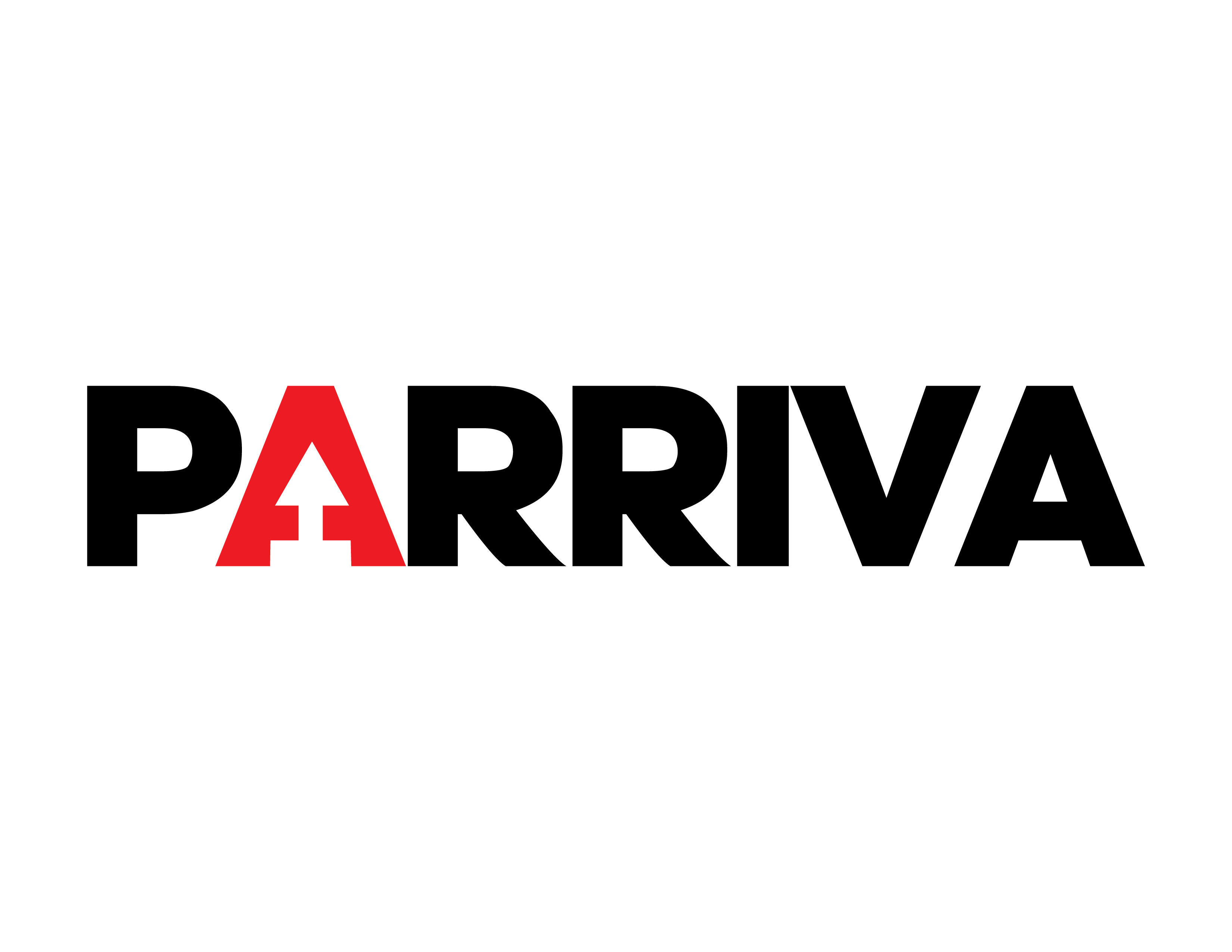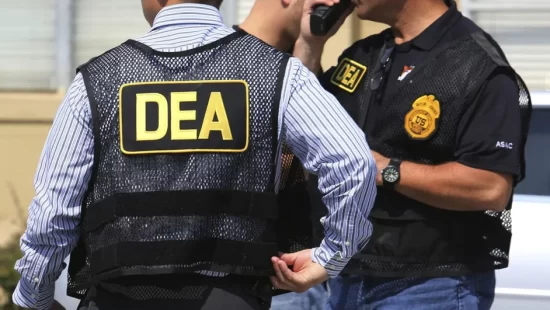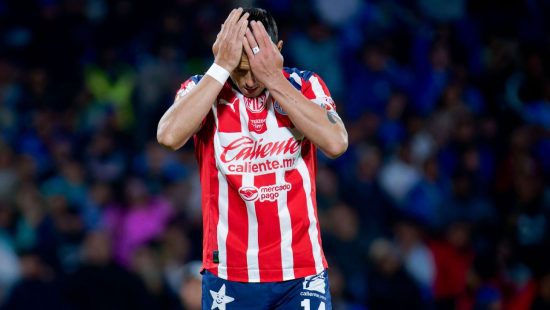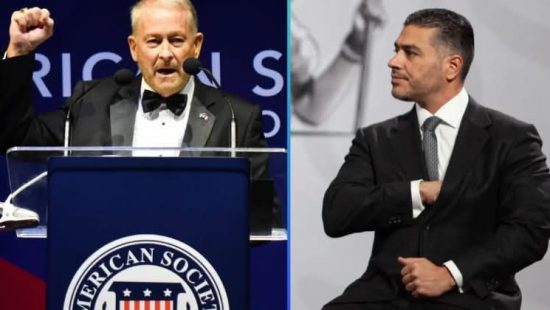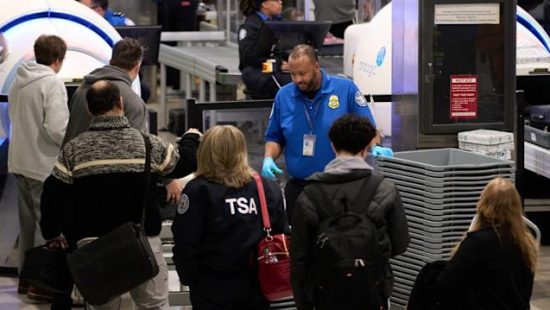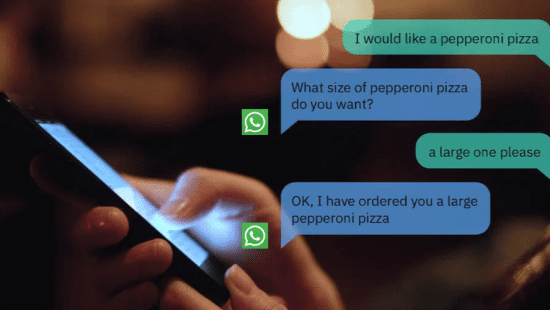Coca-Cola has given millions of Mexicans the “spark of life.”
Coca-Cola began selling in Mexico in 1926, initially in Monterrey and Tampico. It later arrived in Mexico City in 1929 through the Mundet bottling plant. Since then, it has become a staple in the daily diet of many Mexicans. Its secret compared to the rest of the world? The use of cane sugar as a sweetener.
When a Coca-Cola drinker tries one in the United States, they often say, “It doesn’t taste like the one from Mexico,” or, “The one from Mexico is tastier.”
President Donald Trump once claimed to have convinced the company that produces Coca-Cola to stop using corn syrup as a sweetener and instead use cane sugar in the U.S. In other words, the taste of “MexiCoke” would come to America. This was allegedly part of the “Make America Healthy Again” efforts, although whether that was truly the goal is highly questionable.
Mexico is one of the countries with the highest Coca-Cola consumption in the world. Chiapas, one of its southern states, consumes it indiscriminately. In a country that ranks among the world’s top consumers of sugary drinks, Chiapas stands out: residents of San Cristóbal and the surrounding lush highlands drink, on average, more than two liters—or over half a gallon—of soda per day.
The effect on public health has been devastating. The mortality rate from diabetes in Chiapas increased by 30 percent between 2013 and 2016. Diabetes is now the second-leading cause of death in the state after heart disease, claiming more than 3,000 lives each year.
Claiming that this change will improve Americans’ health is dubious. In a country already facing serious issues with diabetes, hypertension, obesity, and heart disease, the arrival of “MexiCoke” could worsen the situation.
The Coca-Cola Company has defended its use of corn syrup following Donald Trump’s statement that he had convinced the brand to switch to cane sugar in its U.S. drinks, as it does in Mexico and the UK.
Coca-Cola began importing Mexican Coke to Texas in 2005 and later expanded its distribution. Today, “MexiCoke” is available in supermarkets, bodegas, and taquerias in neighborhoods with large Hispanic populations across the United States. It has also retained a cult-like following online—“Mexican Coke just tastes better” was the title of a recent Reddit thread.
That may help explain why people are willing to pay $3.50 for a 355-milliliter glass bottle of Mexican Coke at Tahona Mercado, a bottle shop and specialty market in San Francisco’s upscale Nob Hill neighborhood. That’s two dollars more than a can of American Coke on Instacart, the popular online grocery service.
“MexiCoke” is highly popular in Latino neighborhoods across the country, and a sense of nostalgia surrounds it, regardless of the high price consumers are willing to pay.
